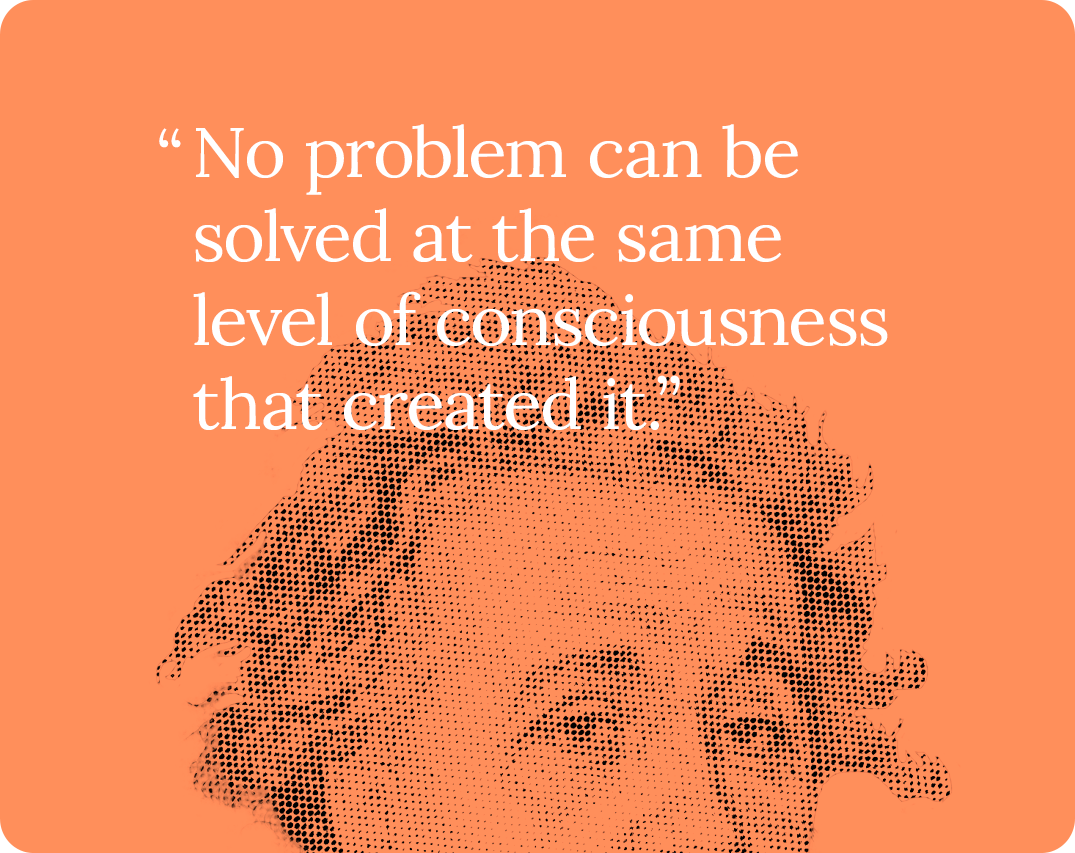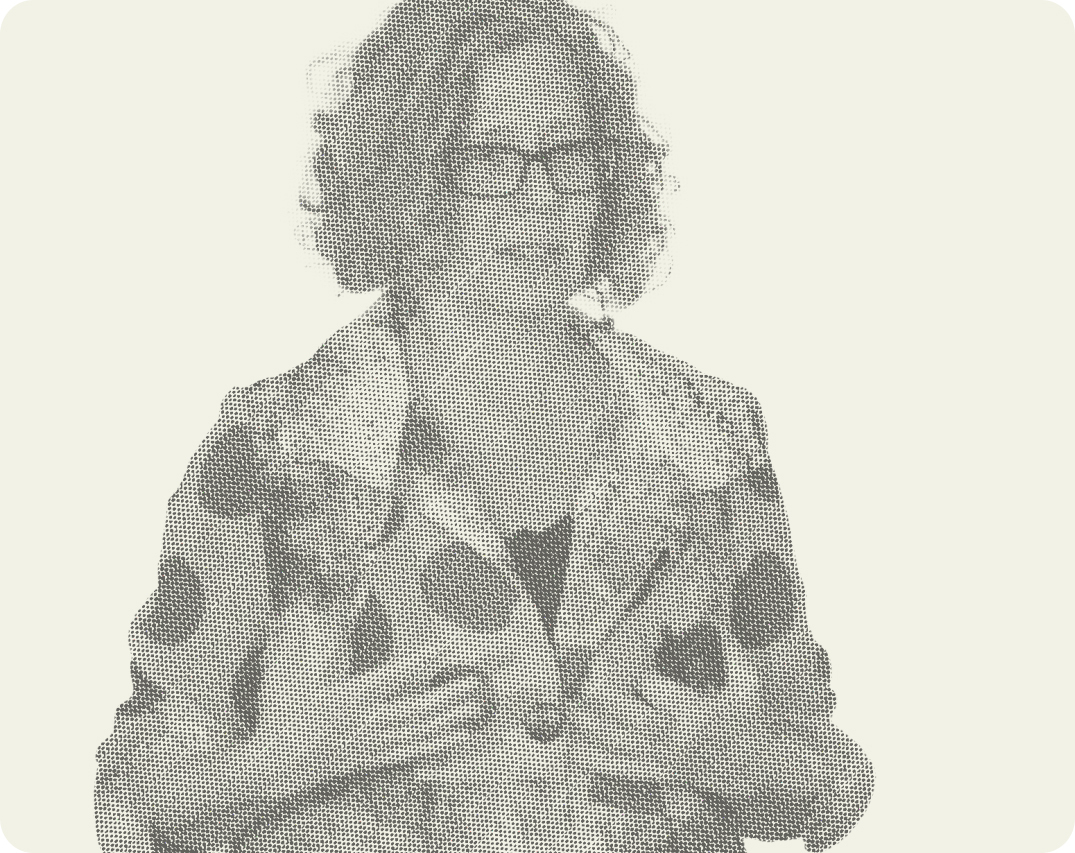In my book Transformation: From Potential to Practice, I note that transformation has been defined as a shift in the locus of identity from content to context. In simpler terms, transformation occurs when an entity (an individual, a relationship, or an organization) sees itself not as an object or a victim being acted upon by powers greater than itself but as the space in which the content or circumstances of life occurs. This concept is not new – it lies at the heart of many spiritual disciplines, each with its own terminology. The differences lie in how to achieve the transformed state.
When it comes to leadership, definitions abound, but one that resonates with me is from an article in Forbes by Kevin Kruse: Leadership is a process of social influence, which maximizes the efforts of others, towards the achievement of a goal.
Combining these ideas, transformational leadership can be seen as a process of social influence that maximizes the efforts of an entity toward achieving a shift from content to context.
In organizational terms, this shift can happen at three levels:
- Individual – One person shifts their identity from being an object, living in a world of objects, to being the context in which that world occurs and managing their relationship to what occurs.
- Interpersonal – Two or more people shift the identity of their group from being an entity competing or collaborating with (or ignoring) other groups to being a unified voice that creates a context, e.g., of equality, inclusion, or belonging.
- Systemic – A group of people take on shifting the culture of an organization from the default culture in which individuals are subject to the pressures of the culture (“the way things are done around here”) and create a new culture.
True transformational leadership will mean systemic change. Without that, individual and interpersonal transformation will fail. There is a statement attributed to Peter Drucker that “culture eats strategy for breakfast.” Similarly, it has been said “context is decisive.” The import of both of these statements is that, absent cultural transformation, individual and interpersonal change efforts will fail.
In an earlier paper[1], I noted this as the reason for the failure of Business Process Re-Engineering to live up to its promise. No matter how much you change the processes of a business, ultimately it is culture that will determine results.
How Does Transformation Work?
The general rubric of transformation has four steps:
- An unflinching examination of the current state – what is working, what is not working, and what is needed.
- Recognition of what the current state has achieved and what it has cost.
- Commitment to a new context – vision, mission (vision + action), values.
- Engagement with new practices consistent with the new context.
- Continuous correction – fail fast!
This model works at all three levels:
- Individual:
- Examination of strategies adopted in childhood that are no longer working.
- Ex.: “I’m not good enough, so I have to prove myself.”
- Recognition of the costs to relationship, happiness, health, and self-expression.
- Ex.: Having to prove myself has cost me self-esteem, happiness, and having a full, loving relationship.
- Creation of a “new me” – the world I am committed to creating, how I will be in action for that creation, new values.
- Ex. I create a world where people are treated fairly and justly by recognizing my own and others’ worth and engaging from my heart.
- Committing to and practicing new behaviors and creating a support structure for implementing those.
- Ex. I will accept people (including myself) as they are, look for positive intent, and listen with compassion and empathy.
- Examination of strategies adopted in childhood that are no longer working.
- Interpersonal:
- Examination of what is working and not working in the relationship.
- Ex.: I am unhappy with myself and I take that out on you. You react in a way I perceive as critical and hostile, which creates a vicious cycle. I want to understand your experience of the relationship.
- Recognition of the costs of keeping on in the same vein and of ending the relationship.
- Ex.: If something doesn’t change, we will continue to hurt each other and stifle each other’s growth. At the same time, I care about you and don’t want to give up on the relationship – that would confirm my worst fears about myself and about you.
- Creation of a new purpose for the relationship and of actions consistent (on a broad scale) with that purpose.
- Ex.: Let’s commit to having our relationship serve a higher purpose such as contributing to those around us, starting by being more compassionate with each other and assuming each other’s positive intent.
- Committing to and practicing new behaviors and creating a support structure for implementing those.
- Ex.: I promise to listen to you with compassion and empathy and invite your immediate feedback when I have an impact on you that is not consistent with that commitment. I am committed to your achieving your dreams and will stand for our relationship both publicly and privately.
- Examination of what is working and not working in the relationship.
- Systemic:
- Examination of the organization’s default context and how it is working in today’s environment.
- Ex.: We have always depended on new business through referrals – that’s how the organization started – and it’s no longer working. We have to face up to that our workforce is not diverse and that the leadership is all white and male.
- Recognition of what the default context has cost the organization in productivity, ROE, employee turnover and engagement, etc.
- Ex.: Our lack of diversity is costing us business, and employees from historically marginalized groups have a very high turnover rate.
- Creation of a new and more desirable culture; translation of this into new organizational vision, mission, and values.
- Ex.: We are committed to a culture of diversity, equity, inclusion, belonging and justice.
- Creation of and commitment to a body of cultural practices that are consistent with the new culture and displace those old practices that are unproductive or inconsistent with the values.
- Ex.: Adopting and committing to values such as equity, compassion, justice, anti-racism…
- Examination of the organization’s default context and how it is working in today’s environment.
Conclusion
Transformational leadership is not just about changing processes or strategies; it’s about shifting the very culture and context in which an organization operates. This shift must happen at all levels – individual, interpersonal, and systemic – to be truly effective. By examining the current state, recognizing achievements and costs, committing to a new context, engaging with new practices, and continuously adjusting, organizations can achieve meaningful and lasting transformation.
As someone who has spent years in the field, I have seen firsthand the power of transformational leadership. It requires courage, commitment, and a willingness to embrace change. But the rewards are immense – not just for the organization, but for the individuals within it.
If you’re interested in learning more about transformational leadership and how to implement it in your organization, I invite you to check out my book, which delves deeper into these concepts and provides practical guidance for leaders at all levels.
Thank you for reading, and I hope you find these insights helpful as you embark on your own transformational journey.
Edward M. Gurowitz, PhD, is a senior coach and consultant with Seven Stones Leadership, bringing over four decades of experience in leadership development, organizational transformation, and executive coaching. With a background that spans clinical psychology, international consulting, and corporate leadership, Ed is deeply committed to fostering transformation at the individual, interpersonal, and systemic levels. He is the author of Transformation: From Potential to Practice and a recognized thought leader on the intersection of leadership and culture. Learn more about Ed here.
[1] Gurowitz, E.M. Why Reengineering Fails, Center for Management Design Technical Note, 1994 (available on request)





